HoloCure: Setting the Standard for Fan-Made Games
A colorful combination of idols and reverse bullet hell

2022 sleeper hit Vampire Survivors owes its success to its simplicity. Players spawn in a dungeon as an auto-attacking character, defeating enemies, and collecting experience and weapons to survive as long as possible in an endless stage. No button combos or Esport-level aim needed; it’s all about your rogue-like decision-making skills that lead to you transforming into a bullet storm, pulverizing waves of monstrous cannon fodders. It is only a matter of time until an aspiring developer takes and expands upon Vampire Survivors’ formula.
Enter HoloCure, a fan-made video game in the same genre, showcasing virtual YouTubers (VTubers) from the Japanese VTuber agency, Hololive Production. Released in mid-2022, HoloCure was recently ported to Steam as a free-to-play game alongside a massive update that adds Hololive’s Indonesian branch.
HoloCure costs nothing to play, and lead developer, Kay Yu, has publicly committed to keeping it that way by refusing monetization of any kind for the game.
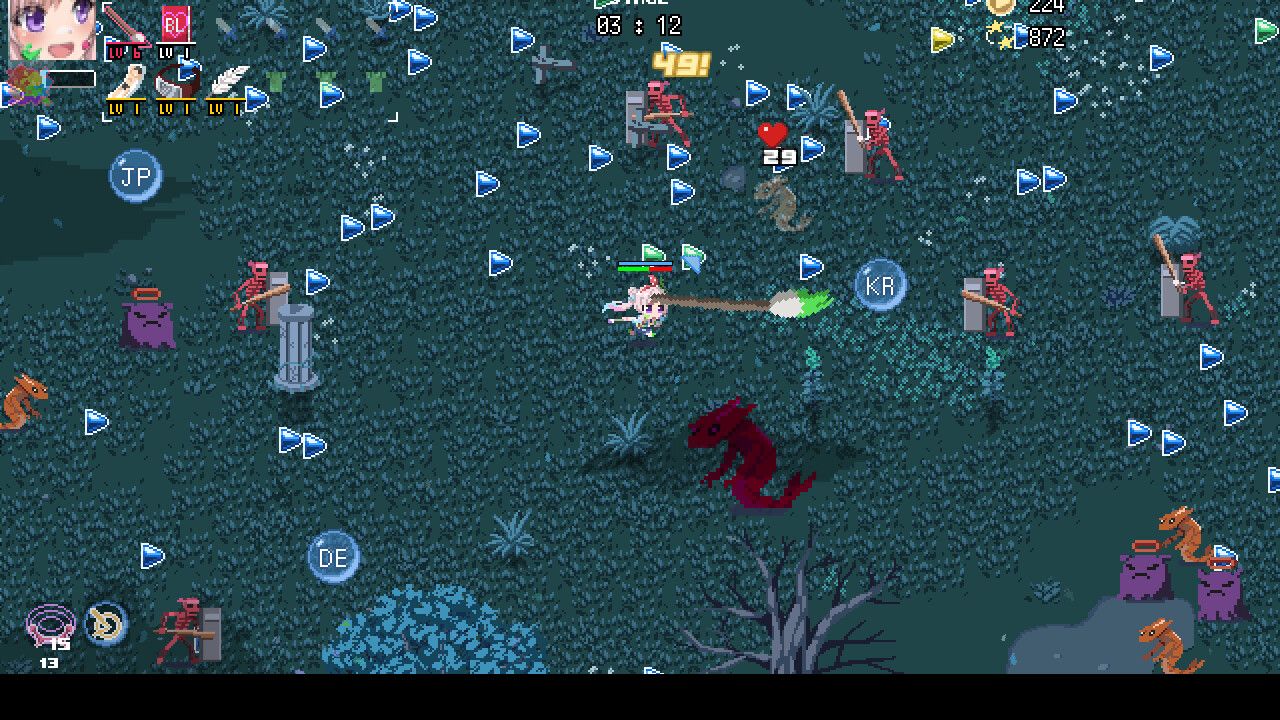
HoloCure’s spin on Vampire Survivors replaces vampire hunter archetypes with Hololive VTuber talents. The respective fanbases of Hololive VTubers are represented by mascots, rather than monsters or cryptids.
For instance, one of the enemy types resembles a marching skeleton wielding a baseball bat, representing the ‘Deadbeats,’ which is the nickname for the fanbase of Hololive English VTuber Mori Calliope. In Calliope’s live streams, fan art, and chat emotes, they frequently draw Deadbeats as a horde of skeletons, and this representation carries over into HoloCure.
Players will quickly discover that all elements in HoloCure are references to the Hololive fandom. The starting weapons, the innate passive abilities, and the obtainable pieces of equipment are all references to Hololive’s online presence. However, players will also be quick to discover that beneath the references and tongue-in-cheek jokes is a solid roguelike shoot-'em-up with a surprising amount of depth and an astonishing amount of polish.
The Cast of Idols
Currently, the game boasts a roster of 38 playable Hololive VTubers, dubbed ‘Idols’ in-game, a nod to Hololive’s virtual idol group concept. The initial lineup of 5 VTubers all hail from Hololive’s English-language branch.
Players can unlock more VTubers with the game’s ‘gacha’ mechanic, where the gacha pull banners are divided into the VTubers’ debut groups, also known as ‘generations’. The term ‘gacha’ here is used loosely as players don’t have to spend real-life currency to pull the VTubers they want. Rather, the gacha mechanic uses an in-game currency called Holocoins, which can be earned through playing the game.
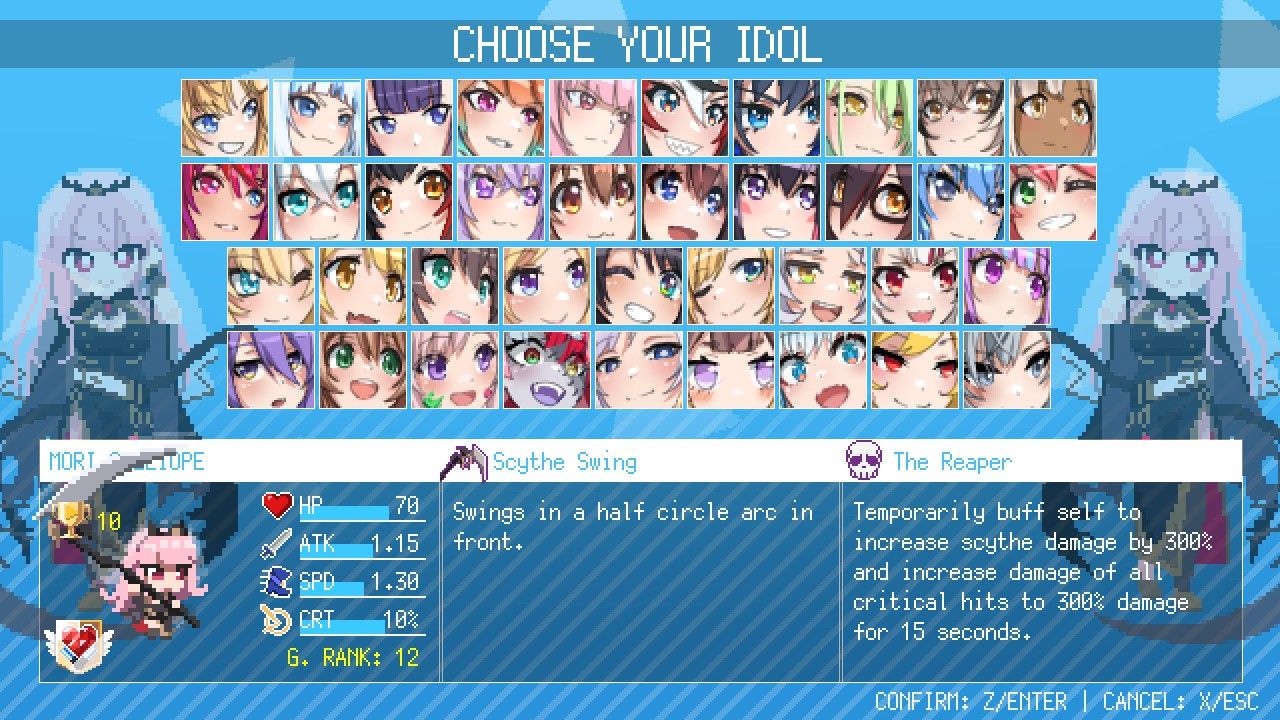
Each Idol’s unique kit comprises three key elements: their default weapon, their innate passive skills, and their special attack. Idols start each game with their default weapon, while they can earn their innate passive skills through leveling up and/or opening treasure chests that may be dropped from more powerful enemies.
The Idols' special attack charges over time, and players can activate it by pushing a button. As a side note, you must purchase the special attack at the in-game shop using Holocoins.
As the game progresses and the Idols defeat more enemies, they can obtain new weapons and items as well as upgrade the ones they already have. Upgrades happen in a linear path through leveling up or using anvils that can spawn on the stage. Players can combine some fully upgraded weapons into a superweapon that juxtaposes the attacks of the two weapons or something completely different, dubbed ‘collabs’. Collabs are marked with a golden anvil spawning on the stage. Some collabs can be combined with a fully upgraded item into a ‘super collab’, which enhances the collab even further with the bonus of the item’s benefits.
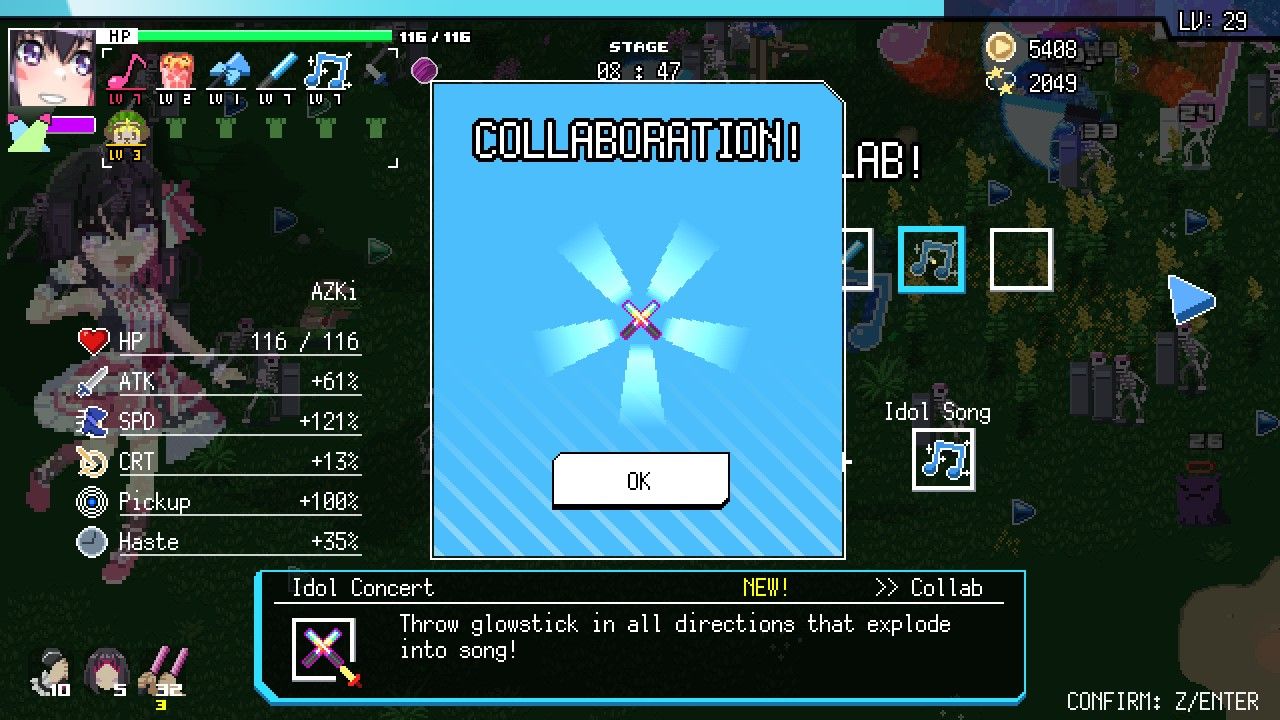
Additionally, you can attach weapon stickers to the Idols' default weapon. These stickers can have a range of different effects, such as life-steal, bigger size, or even comical effects like making a trumpet sound every time the Idol attacks. These stickers are also upgradable by using any other sticker to improve its potency. Except for the trumpet sticker, which, when upgraded, only increases the volume of the trumpet doots.
Going to the aforementioned in-game shop allows players to upgrade the basic attributes of the Idols, such as HP, attack, speed, defense, and more. Even then, the shop is not the Idols’ only venue of improvement outside of the game: pulling the Idol’s duplicates increases their HP, attack, and speed by 1% up to 20%.
If that wasn’t enough, HoloCure has an Idol loyalty system called ‘fandoms’, where players can complete objectives using an Idol to grant them sizeable stat boosts and the benefit of starting a game equipped with that Idol’s unique passive skills.
There is much to discover and use in building an Idol during a HoloCure stage run. So how does all this fare in the heat of battle against hordes of fans?
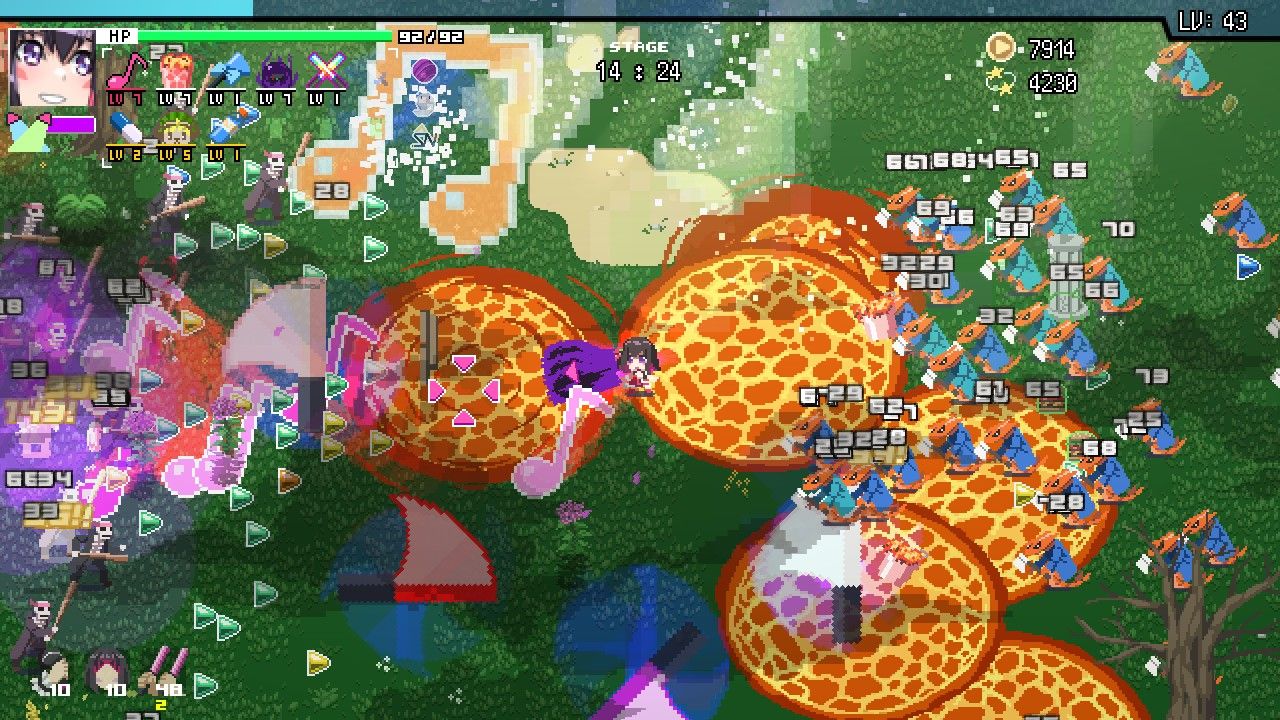
The Stage
When the weapons, skills, items, collabs, and stickers come together on a stage, the screen gets filled with colorful projectiles and beautifully animated weapon effects, cutting down swaths of uniquely designed enemies. This was further enhanced by the game’s effectively timeless 8-bit art style.
However, in order to reach the point of a seemingly endless dopamine rush, players must effectively manage their Idol build while avoiding enemies that can come in many forms and formations. Some enemies come in tight phalanx-like groups, while others come charging in a chessboard-like formation, forcing players to weave between their gaps. Others explode if players come too close to their vicinity. There are a multitude of creative and amusing enemy mob rushes in HoloCure to keep players engaged in a stage run.
In the beginning, it might seem like stage runs depend on luck and RNG based on the items dropped. But as players accrue more attribute upgrades, weapons, items, and collabs, stage runs become more tactical and deliberate. Players can drop unneeded items or weapons or reroll item/weapon drops when they level up. Or they can choose to not pick up weapons at all in favor of bolstering their default weapon and skills using items. Despite the game’s digestible presentation, there are a lot of things to consider in a run.
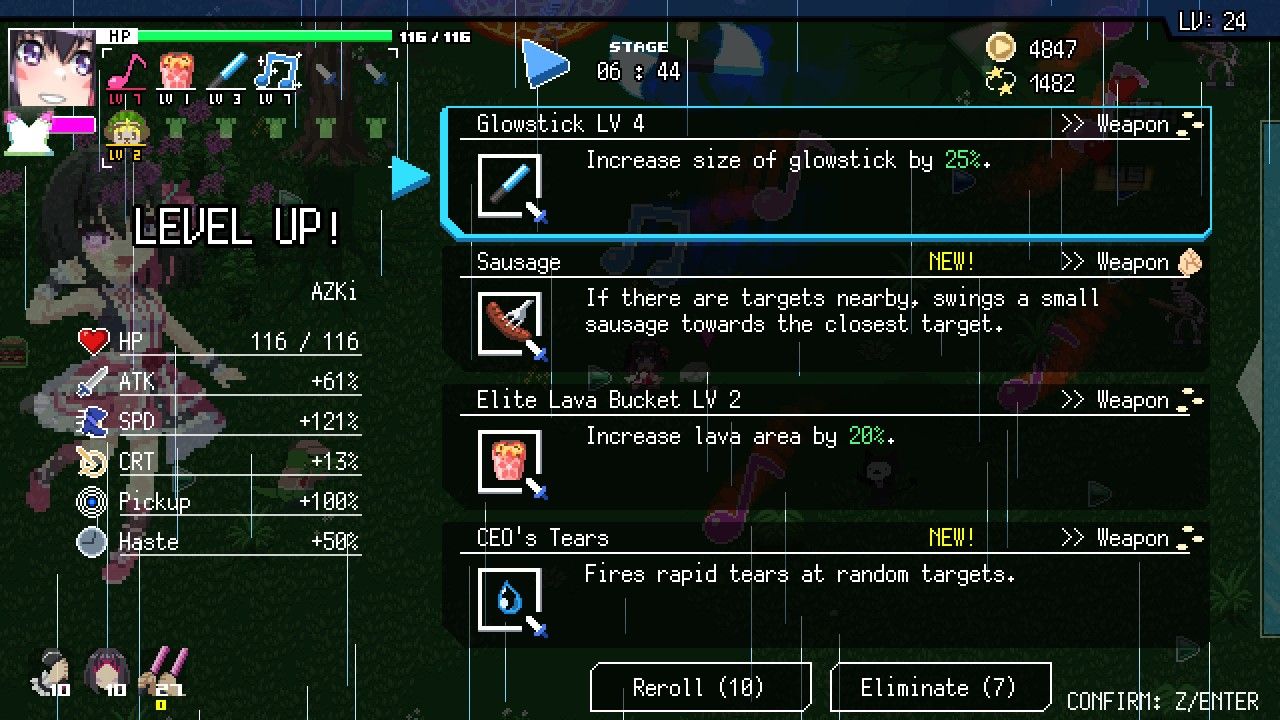
Players can play through three different modes: stage mode, endless mode, and time mode.
Stage mode has players survive for 20 minutes before defeating a final boss and has four normal mode stages and three hard mode stages, each harder than the last. Endless mode has players survive for as long as they can, where the longest surviving time gets to be added to the leaderboards. Time mode puts players into the stage with special conditions where they have to complete a set objective as fast as possible, which also gets to be added to the leaderboards.
With the latest update, HoloCure adds a fourth game mode separated from its normal gameplay: Holo House. In this Stardew-like setting, players can fish, plant various produce, hire fans as workers to earn coins, cook meals to gain buffs during stage runs, and decorate their house interior. This adds even more replayability to the already engaging gameplay loop as well as providing a slow but warm variety to its usually hectic gameplay.
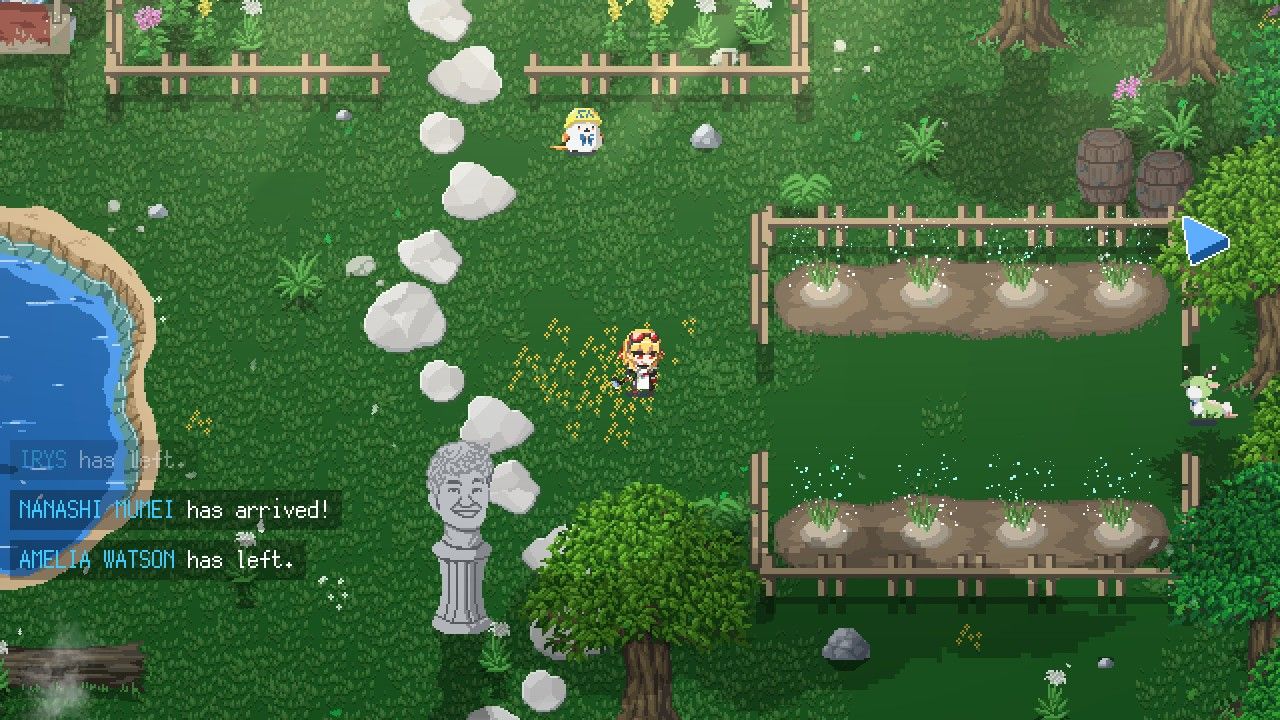
HoloCure stands as an example for future fan-made video games. With the abundance of content and amount of detail, it’s unsurprising that the game has accumulated a whopping 99% rating out of over 14,000 reviews on Steam. And with the game being independently produced and completely un-monetized, it’s also no surprise that fans always consider each new update as a treasure trove. In all honesty, it always is.
